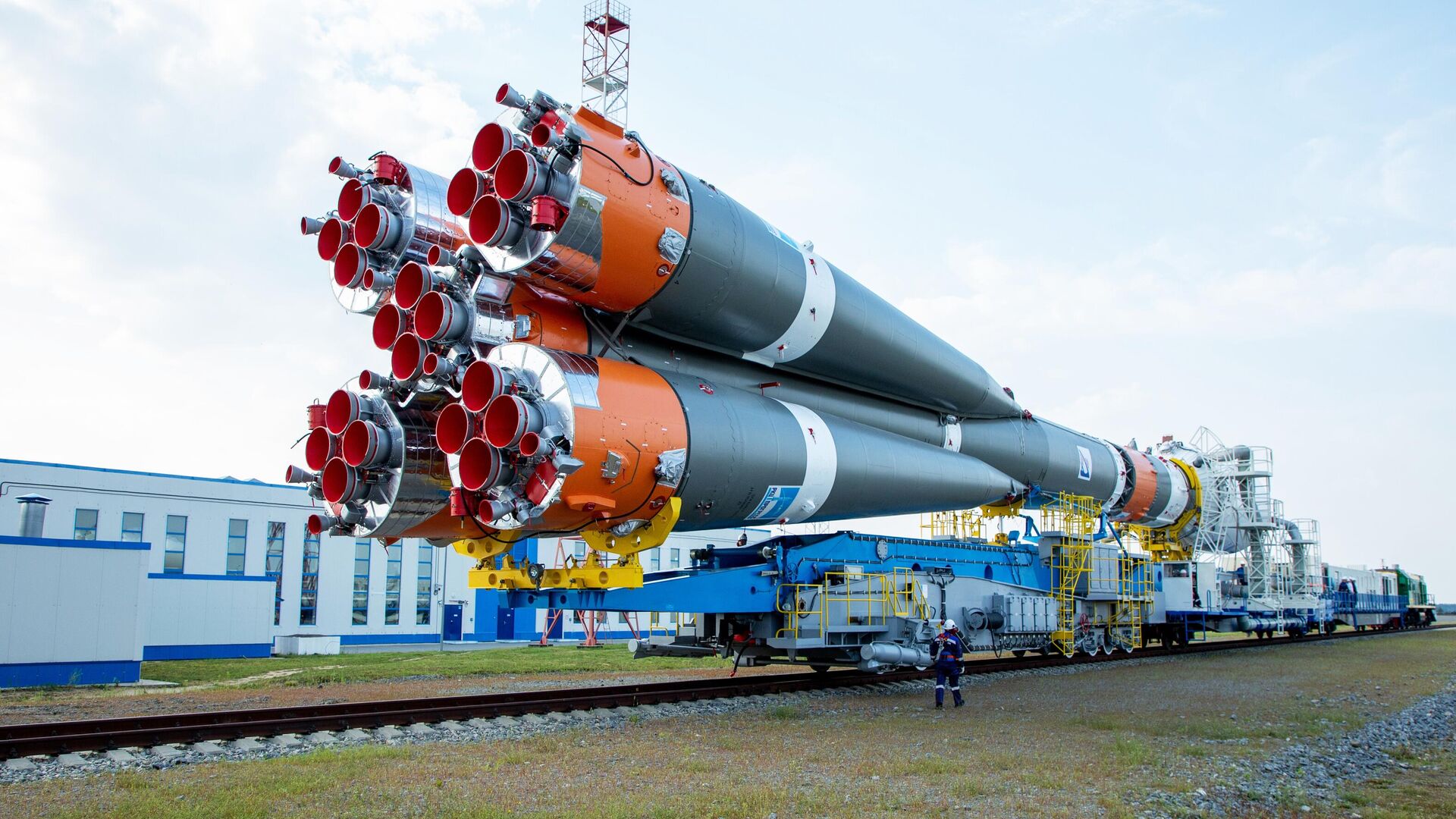https://en.sputniknews.africa/20230810/russia-to-launch-interplanetary-station-luna-25-from-vostochniy-1061223236.html
Russia to Launch its First Interplanetary Station to Moon in Almost 50 Years
Russia to Launch its First Interplanetary Station to Moon in Almost 50 Years
Sputnik Africa
This will be the first Russian lunar mission after a long hiatus since the last Soviet automatic station, Luna-24, was launched in 1976. The name of the... 10.08.2023, Sputnik Africa
2023-08-10T15:35+0200
2023-08-10T15:35+0200
2023-08-10T18:14+0200
international
russia
space
space exploration
roscosmos
spacecraft
moon
https://cdn1.img.sputniknews.africa/img/07e7/08/0a/1061223785_0:137:3153:1911_1920x0_80_0_0_ed1a3f82f9c7dd83453a07ffaa02deac.jpg
The launch of the first mission in modern Russian history to the Earth's natural satellite Luna-25 will take place on August 11 from the Vostochniy cosmodrome, located in the Amur Region of the Russian Far East. The flight to the Moon is expected to take about 10 to 12 days.According to Roscosmos, the station was created solely on the basis of the latest Russian achievements in the field of space technology. It was noted that in terms of landing, the Luna-25 is fundamentally different from its predecessors. The Soviet lunar stations landed in the equatorial zone, while the new one will make a soft landing in the polar region, with a difficult terrain. Moreover, the Luna-25 is more than three times lighter than its predecessors due to a number of innovative features.The mission is expected to expand knowledge of the Earth's natural satellite, as the landing is planned in areas of the Moon previously inaccessible to humans.Among other things, it will explore the surface using cryogenic drilling to a depth of two meters, with the main task of searching for water.The Luna-25 is part of the Russian lunar program for the exploration and practical use of the Moon and its near space by automatic interplanetary stations.
https://en.sputniknews.africa/20230627/1060192783.html
russia
space
moon
Sputnik Africa
feedback@sputniknews.com
+74956456601
MIA „Rossiya Segodnya“
2023
News
en_EN
Sputnik Africa
feedback@sputniknews.com
+74956456601
MIA „Rossiya Segodnya“
Sputnik Africa
feedback@sputniknews.com
+74956456601
MIA „Rossiya Segodnya“
international, russia, space, space exploration, roscosmos, spacecraft, moon
international, russia, space, space exploration, roscosmos, spacecraft, moon
Russia to Launch its First Interplanetary Station to Moon in Almost 50 Years
15:35 10.08.2023 (Updated: 18:14 10.08.2023) This will be the first Russian lunar mission after a long hiatus since the last Soviet automatic station, Luna-24, was launched in 1976. The name of the project, Luna-25, is intended to emphasize the continuity of the Soviet lunar program.
The launch of the first mission in modern Russian history to the Earth's natural satellite Luna-25 will take place on August 11 from the Vostochniy cosmodrome, located in the Amur Region of the Russian Far East. The flight to the Moon is expected to take about 10 to 12 days.
"The launch of the Soyuz-2.1b carrier rocket with Fregat upper stage and Luna-25 automatic station is scheduled for August 11 at 02:10:57 Moscow time [for 10 August at 23:10:57 UTC]," the Russian state space exploration Roscosmos said in a statement.
According to
Roscosmos, the station was created solely on the basis of the latest Russian achievements in the field of space technology. It was noted that in terms of landing, the Luna-25 is fundamentally different from its predecessors.
The Soviet lunar stations landed in the equatorial zone, while the new one will make a soft landing in the polar region, with a difficult terrain.
Moreover, the Luna-25 is more than three times lighter than its predecessors due to a number of innovative features.
The station, equipped with technology of soft landing, will take and analyze the soil and conduct long-term scientific research, including the study of the upper layer of the surface regolith in the region of the Moon's South Pole, as well as the lunar exosphere.
The mission is expected to
expand knowledge of the Earth's natural satellite, as the landing is planned in areas of the Moon previously inaccessible to humans.
Among other things, it will explore the surface using cryogenic drilling to a depth of two meters, with the main task of searching for water.
The Luna-25 is part of the Russian lunar program for the exploration and practical use of the Moon and its near space by automatic interplanetary stations.


